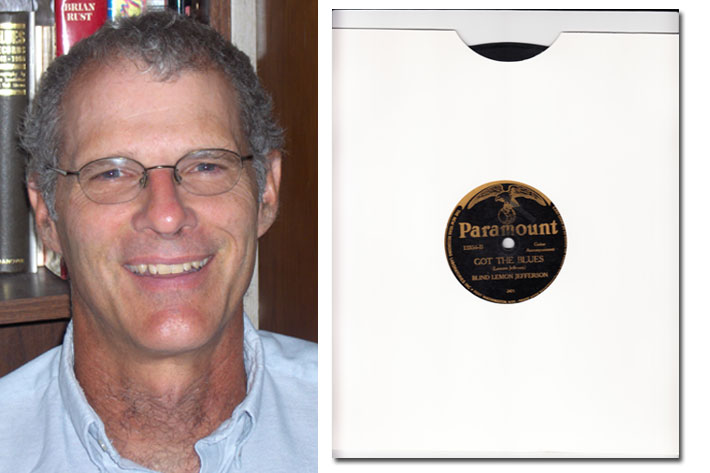Mamie Smith’s heartbroken wail on “Crazy Blues” jolts listeners today just as much as it did when it was released in 1920. Back then, no one expected the black vaudevillian singer to break records with the bluesy tune, but 75,000 copies of her version of the song sold in just one month and rocked everything music companies thought about recording black musicians.
On the heels of Ms. Smith’s success, Wisconsin’s Paramount Records opened its doors to black artists and began producing “race records.” These early examples of blues and jazz recorded by black artists are still influential today—so much, in fact, that blues rocker Jack White paired his label, Third Man Records, with Revenant Records to release “The Rise and Fall of Paramount,” a comprehensive, two-part collection chronicling the history of the label from 1917 to 1932.
The collection required insights from several historians and music experts for a 255-paged booklet of album notes. One of the experts who contributed his research was George Washington University’s Music Professor Kip Lornell, an ethnomusicologist
and Grammy winner recognized in 1997 for a Smithsonian anthology on folk music.
The National Academy of Recording Arts and Sciences nominated the album notes for a 2015 Grammy Award, making this the seventh Grammy-nominated project for Dr. Lornell. He offers that last piece of information somewhat bashfully.
He’s not one to brag, even though he has a little gilded gramophone perched over his fireplace. Dr. Lornell—who started an archive on D.C.’s punk, go-go and folk scenes at Gelman Library last year—has researched several Paramount recording artists and quartets that have transcended musical boundaries into vaudeville, jazz, blues and gospel styles.
“The idea was to look at the Paramount catalogue in a way no one had ever done. It would be the equivalent of someone interested in hip hop looking at Bobby Robinson’s Fury label from 1975 to 1980,” Dr. Lornell said.
“The Rise and Fall of Paramount” was released in two volumes, the first of which debuted last year. When it came out, Pitchfork marveled at the collection’s impressive design. The opulent time capsule, priced at a lofty $468, is made up of six LPs, a folder overflowing with photographs, a reference manual, a USB drive shaped like a Victrola needle, and the hardcover book of album notes. The bounty arrives neatly arranged inside a glistening oak suitcase—“literally 20 pounds” worth of stuff, Dr. Lornell said. The Recording Academy also was mesmerized by the artfully bundled archive and handed it a 2015 Grammy for “best boxed or special limited collection.”
People rallied behind the Paramount Records project not only because of its aesthetic. Historical compilations and liner notes preserve stories that would otherwise vanish. Keeping Paramount Records from becoming an evanescent memory was critically important, especially since so many of the label’s artists already have been lost to time. Some of the singers belting on crackling ‘78s are just anonymous voices harmonizing in a dark room, their identities totally shrouded in mystery—“complete ciphers,” Dr. Lornell said.
Part of the reasons these artists can be so enigmatic lies in the haphazard way Paramount’s talent scouts would find performers. They’d seek local talent through newspaper ads or word-of-mouth in an effort to make and sell as many records as possible. Musicians would often duck into studios and leave as quickly as they’d come, recording just one song before fading into obscurity.

Examples of Paramount race record covers.
George Carter, a 12-string guitarist immortalized on a Paramount LP, gnaws at Dr. Lornell every time he listens to the recording. With a name as common as “George Carter,” it’s almost impossible to find additional information of what became of him.
Still, “The Rise and Fall of Paramount,” illuminates the stories that didn’t disappear and compiles them in one place. There are narratives of people like Mayo “Ink” Williams, a Brown University athlete-turned-producer who won his moniker for signing new talent speedily. Black-and-white photographs of a young Louis Armstrong and Charlie Patton, and more than 1,600 song recordings, paint the fullest picture of the company’s talent yet.
This week, Dr. Lornell expects the second volume of “The Rise and Fall of Paramount” to arrive at his Silver Spring home. He doesn’t doubt it will be as impressive as the first collection, and an equally powerful piece of history.
“What this reissue does is concretize and set the company into stone,” he said.


